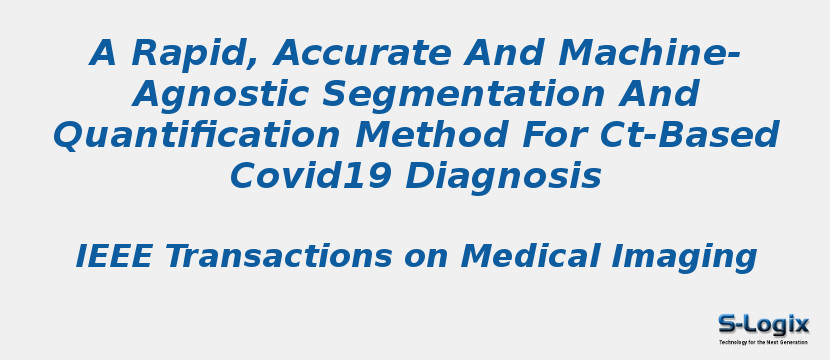Research Area: Machine Learning
COVID-19 has caused a global pandemic and become the most urgent threat to the entire world. Tremendous efforts and resources have been invested in developing diagnosis, prognosis and treatment strategies to combat the disease. Although nucleic acid detection has been mainly used as the gold standard to confirm this RNA virus-based disease, it has been shown that such a strategy has a high false negative rate, especially for patients in the early stage, and thus CT imaging has been applied as a major diagnostic modality in confirming positive COVID-19. Despite the various, urgent advances in developing artificial intelligence (AI)-based computer-aided systems for CT-based COVID-19 diagnosis, most of the existing methods can only perform classification, whereas the state-of-the-art segmentation method requires a high level of human intervention. In this paper, we propose a fully-automatic, rapid, accurate, and machine-agnostic method that can segment and quantify the infection regions on CT scans from different sources. Our method is founded upon two innovations: 1) the first CT scan simulator for COVID-19, by fitting the dynamic change of real patients data measured at different time points, which greatly alleviates the data scarcity issue; and 2) a novel deep learning algorithm to solve the large-scene-small-object problem, which decomposes the 3D segmentation problem into three 2D ones, and thus reduces the model complexity by an order of magnitude and, at the same time, significantly improves the segmentation accuracy. Comprehensive experimental results over multi-country, multi-hospital, and multi-machine datasets demonstrate the superior performance of our method over the existing ones and suggest its important application value in combating the disease.
Keywords:
Author(s) Name: Longxi Zhou; Zhongxiao Li; Juexiao Zhou; Haoyang Li; Yupeng Chen; Yuxin Huang; Dexuan Xie; Lintao Zhao; Ming Fan; Shahrukh Hashmi; Faisal Abdelkareem; Riham Eiada; Xigang Xiao; Lihua Li; Zhaowen Qiu; Xin Gao
Journal name: IEEE Transactions on Medical Imaging
Conferrence name:
Publisher name: IEEE
DOI: 10.1109/TMI.2020.3001810
Volume Information: ( Volume: 39, Issue: 8, Aug. 2020) Page(s): 2638 - 2652
